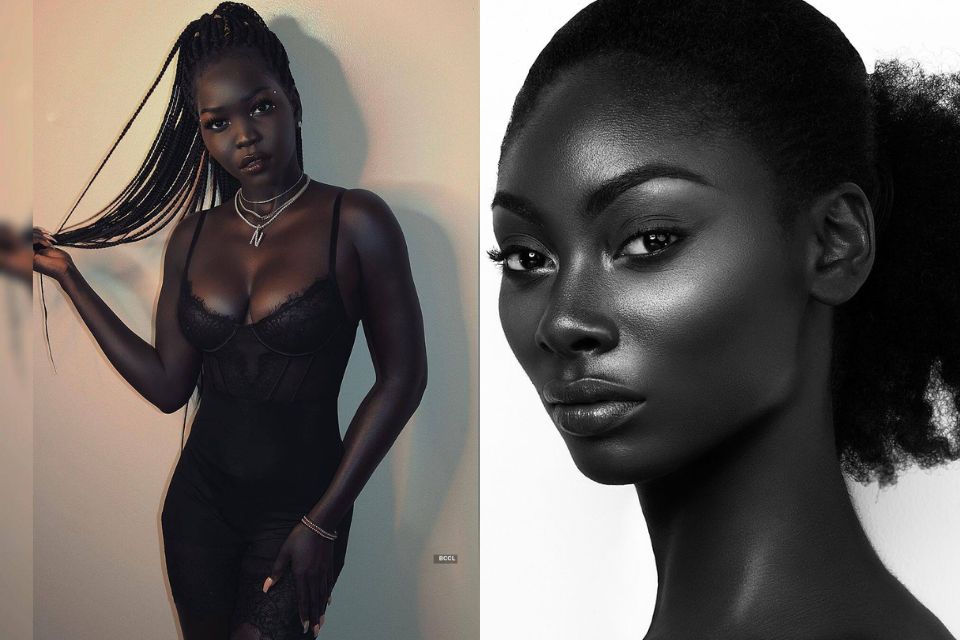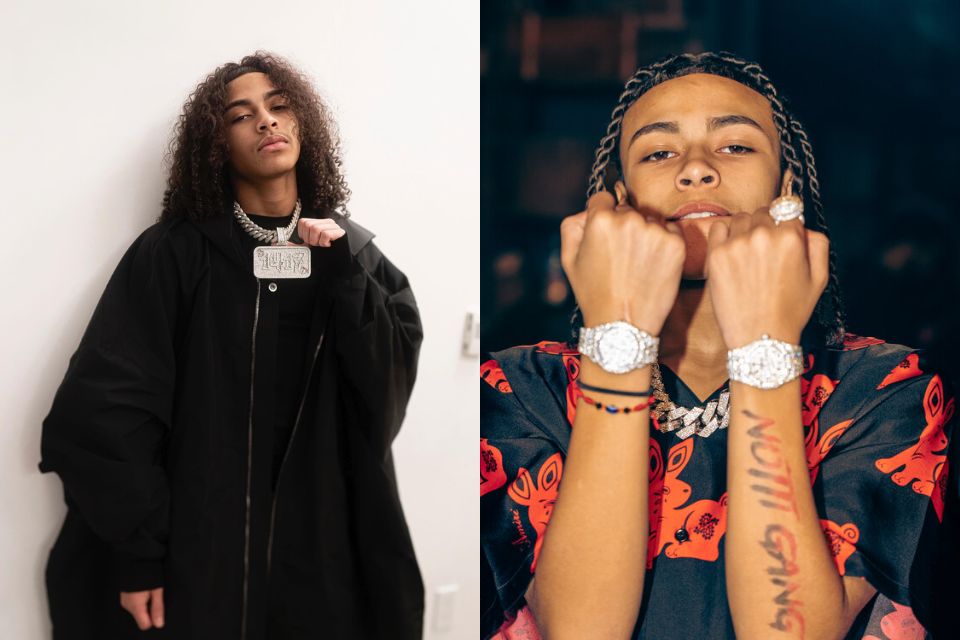The question of who the blackest person in the world is opens up more than a search for a superlative; it invites recognition of people with the richest melanin tones and their roles in redefining beauty. This article explores cultural, biological, and societal aspects of melanin-rich individuals, highlighting those often referred to as having the darkest skin, and how they have impacted fashion, identity, and representation.
Blackest Person In The World: Significance Of Dark Skin
In a world where beauty has long been framed through narrow and often Eurocentric lenses, the existence of individuals with the darkest skin tone serves as a powerful counter-narrative. The blackest person in the world is not merely a figure of fascination, but a symbol of rich ancestry, resilience, and beauty that refuses to conform. As global appreciation of diverse aesthetics grows, so does admiration for those whose melanin-rich skin reflects the vibrant spectrum of African heritage.
Science Of Melanin: Determination Of Skin Tone
The depth of skin color is primarily determined by melanin, a natural pigment produced by specialized cells called melanocytes. There are two main types of melanin: eumelanin (dark brown or black) and pheomelanin (reddish-yellow). Individuals with the darkest skin have high concentrations of eumelanin, which offers natural protection from UV radiation and is particularly common among people native to equatorial regions. This biological adaptation explains why some of the darkest individuals originate from regions like South Sudan, Senegal, and Ethiopia.
South Sudan: Home To The Darkest Skin Tones
Many contenders for the title of “blackest person in the world” hail from South Sudan, a country known for its ethnic diversity and high melanin levels. The Dinka and Nuer tribes, in particular, are often referenced for their incredibly deep skin tones. These groups live in an intensely sunlit region, which historically contributed to darker pigmentation as a protective adaptation. Their physical features, including tall stature and sharp facial bone structures, have also made them highly visible in global fashion, with several international models rising from these communities.
Nyakim Gatwech: The “Queen Of The Dark”
One of the most famous figures associated with the term “blackest person in the world” is Nyakim Gatwech, a South Sudanese-American model. Known for her luminous dark skin, she has become a symbol of empowerment and self-love in a world that has often marginalized darker complexions. Despite facing discrimination and colorism early in life, Nyakim embraced her unique beauty and now uses her platform to encourage others to do the same. Her message is clear: “dark skin is not something to be hidden, it’s something to be celebrated.”
Redefining Beauty In Global Fashion
The presence of dark-skinned models on the international stage marks a significant cultural shift. For decades, fashion favored lighter skin tones, but recent years have seen a reversal, as figures like Khoudia Diop (“Melanin Goddess”) and Adut Akech have risen to prominence.
Khoudia Diop from Senegal has made waves with her deep skin and bright personality, proudly owning her nickname. Adut Akech, another South Sudanese-born model, is a regular face on high-fashion runways, bringing visibility to darker-skinned individuals worldwide. These models challenge stereotypes and inspire young black individuals to see their own beauty in the faces they see on magazine covers and ad campaigns.
Cultural Importance Of Dark Skin
In many African communities, dark skin is not only common but also revered. Among the Himba people of Namibia, for instance, unique skincare rituals using red ochre enhance and protect their natural skin tones. Meanwhile, in places like Ethiopia and Nigeria, melanin-rich skin often holds cultural, spiritual, or social significance. Despite global colorism and the historical legacy of colonialism, many African societies retain traditional beliefs that see dark skin as a symbol of strength, vitality, and authenticity.
Final Word
The search for the blackest person in the world goes beyond superficial curiosity. It reveals much about our societal values, prejudices, and progress. Celebrating those with the deepest melanin is not about comparison, but about broadening the scope of what we recognize as beautiful. Individuals like Nyakim Gatwech and the many unnamed faces who carry rich, dark skin are powerful symbols in a world still learning to love all shades of humanity.






